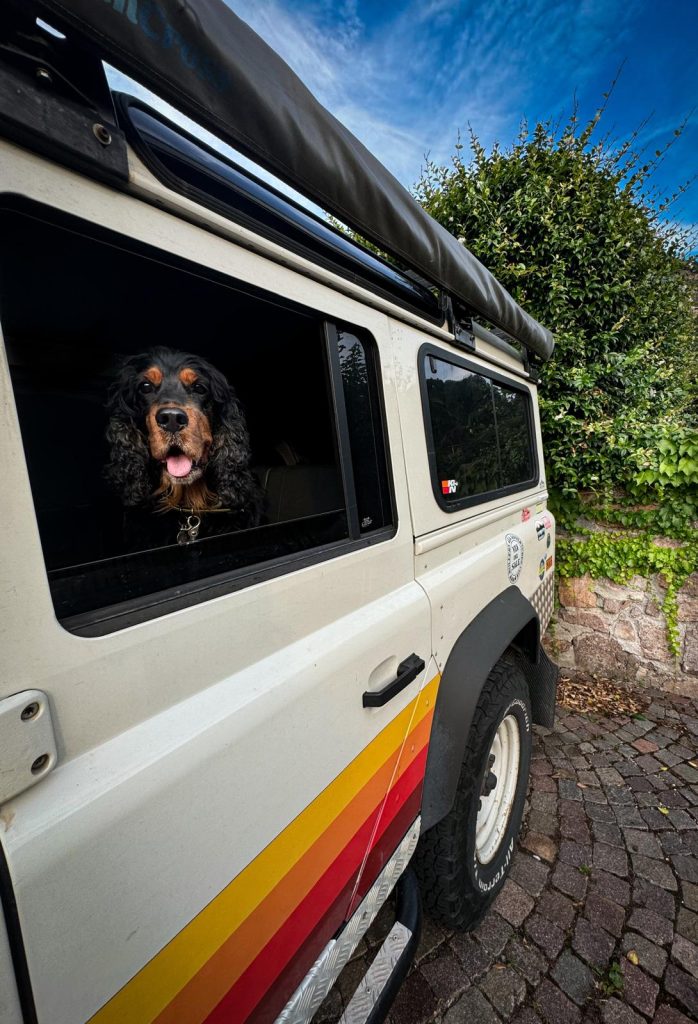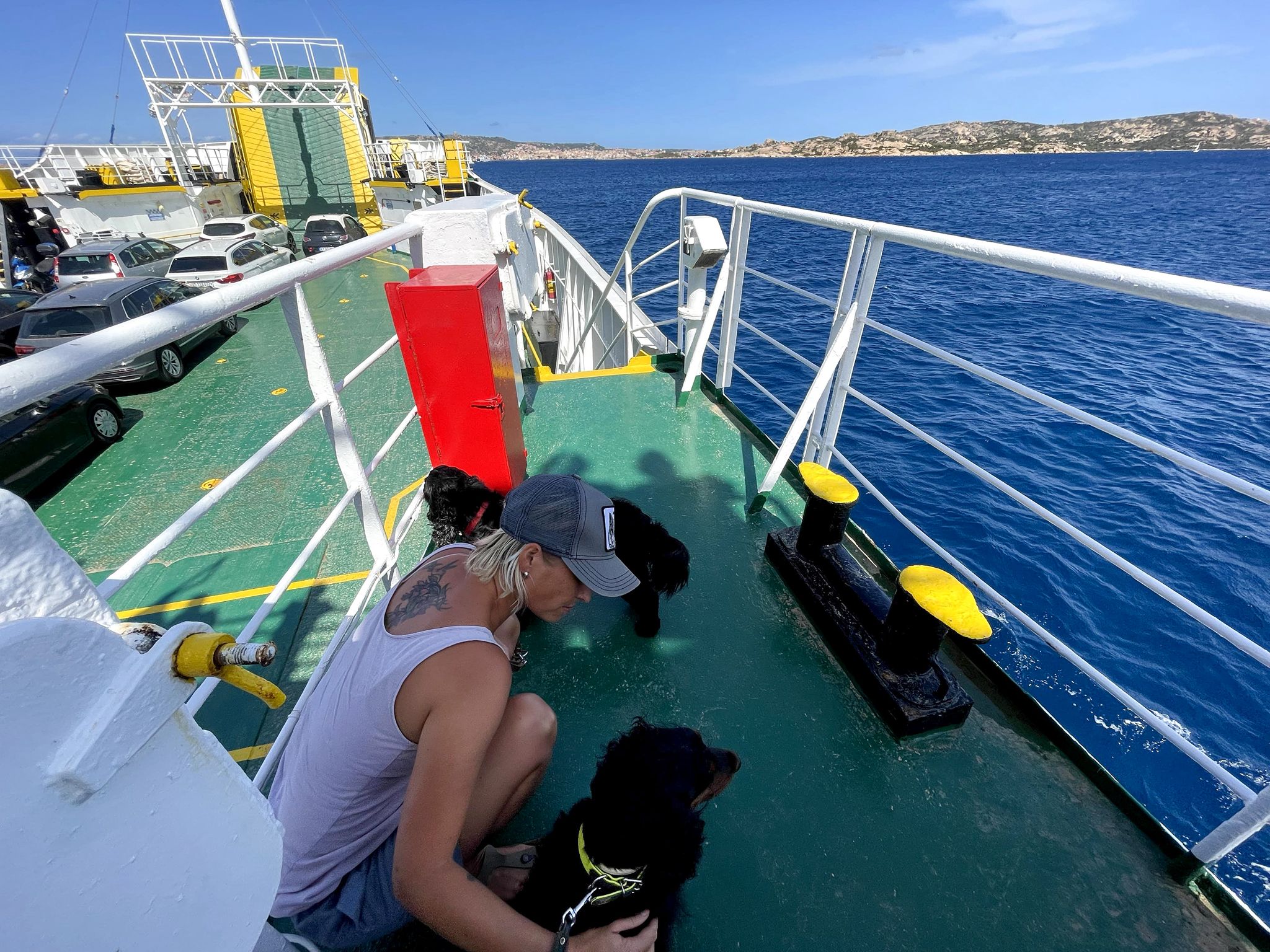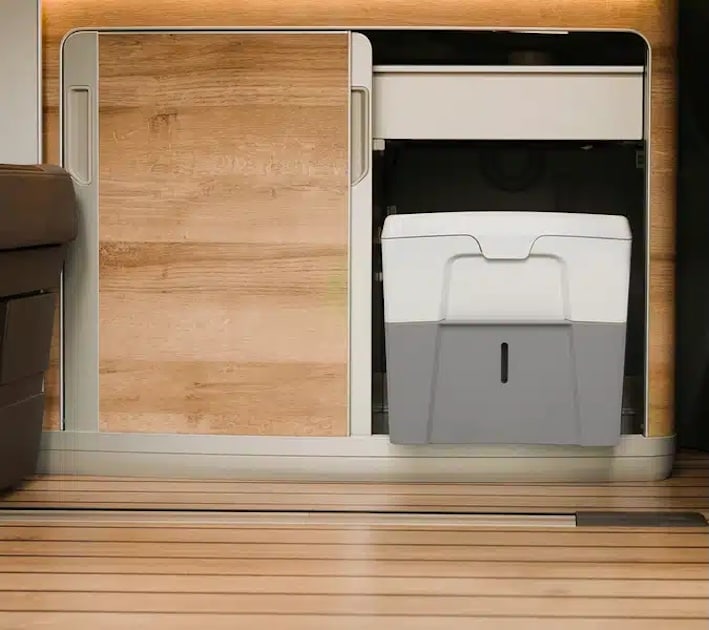Traveling with a dog in a camper – tips for a relaxed trip
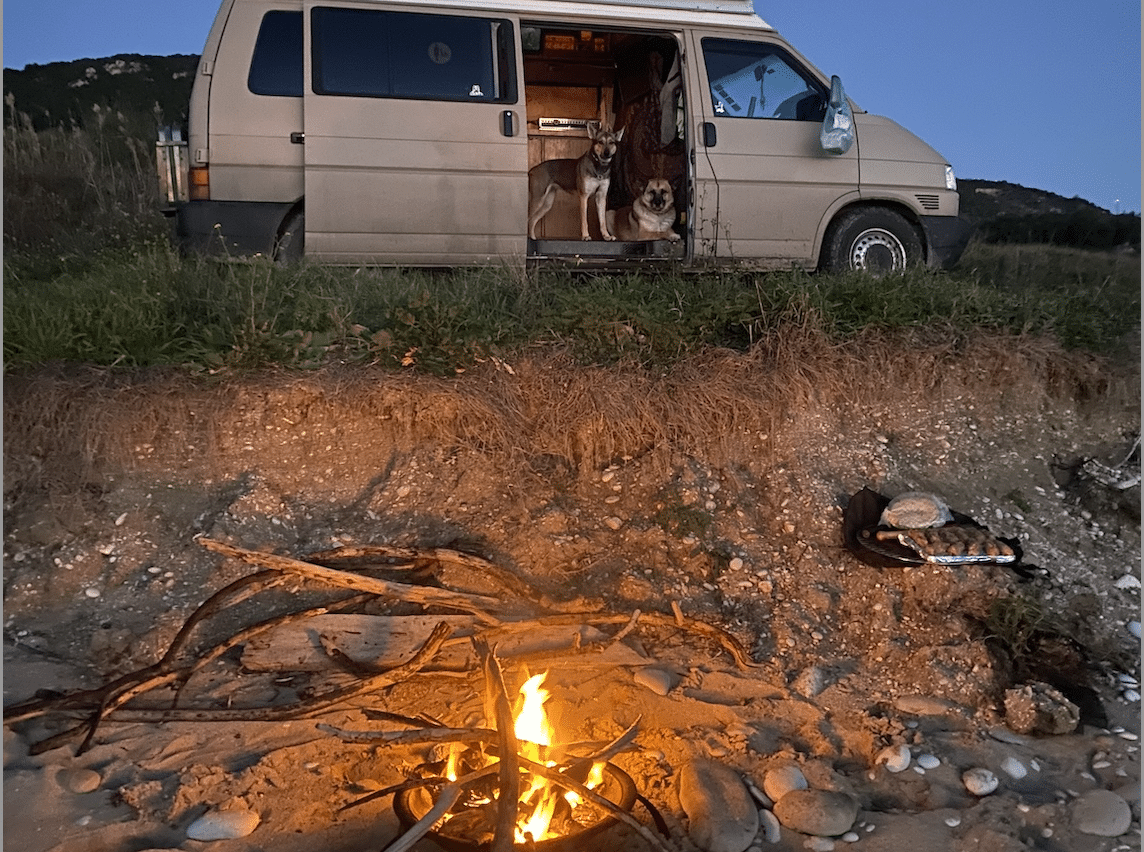
More and more people are now traveling with dogs and yes, we are one of them and always have our two cocker spaniels with us.
Traveling with a camper and dog promises freedom, adventure and shared experiences in nature. However, there are some important aspects to consider in order to make the trip pleasant for people and animals – from planning and equipment to behavior on the road. Here you will find an overview of the most important tips and tricks.
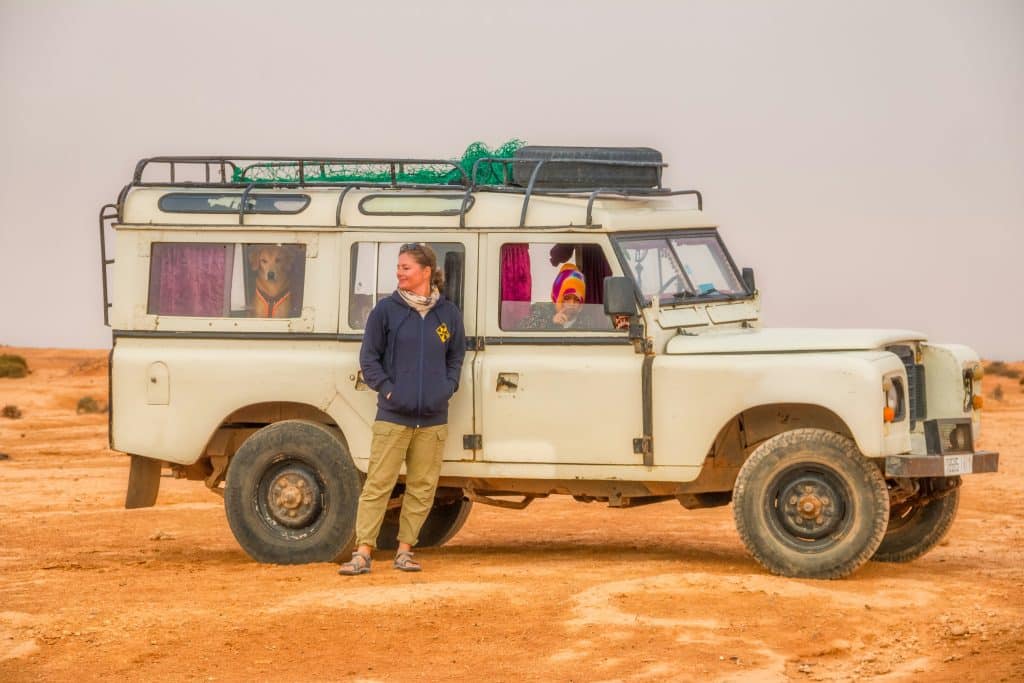
Planning: preparation is the be-all and end-all
- Choose your destination: Not all countries and regions are equally dog-friendly. Find out about the entry regulations, e.g. which dog breeds are not allowed to enter which countries, vaccinations or compulsory chip, as well as the acceptance of dogs on campsites. Dogs are often allowed, but pay attention to the peak seasons. Some campsites do not allow dogs in August, for example. In Italy, for example, it is compulsory to carry a muzzle, regardless of the breed. The leash must also not be longer than 1.5 meters. On public transport (including cable cars), dogs must wear a muzzle or be carried in your arms.
- Look for dog-friendly sites: Many campsites offer special areas or services for dogs, such as fenced off areas, dog showers or dog beaches. In some southern countries, dogs are not allowed on the beach in high season and are often not allowed in the sea unless it is a designated dog beach. Many campsites charge a surcharge for dogs, usually around €3 per dog.
- Health care: A visit to the vet should be on the agenda before departure. The EU pet passport is essential for traveling within the EU, as are valid vaccinations (e.g. rabies). I would also like to inform you that the so-called “Mediterranean diseases” such as leishmaniasis and heartworm are already present from the Lake Garda area. Not all vets are aware of this or take these diseases lightly. I myself adopted a dog with leishmaniasis from Sicily and I wouldn’t wish this disease on any dog or its owner! If you have any questions about how you can best protect your pet, please write to me! My dogs wear Scalibor collars for most of the year. Because in South Tyrol we also have a big tick problem in the woods.
Here you will find important information regarding entry requirements.
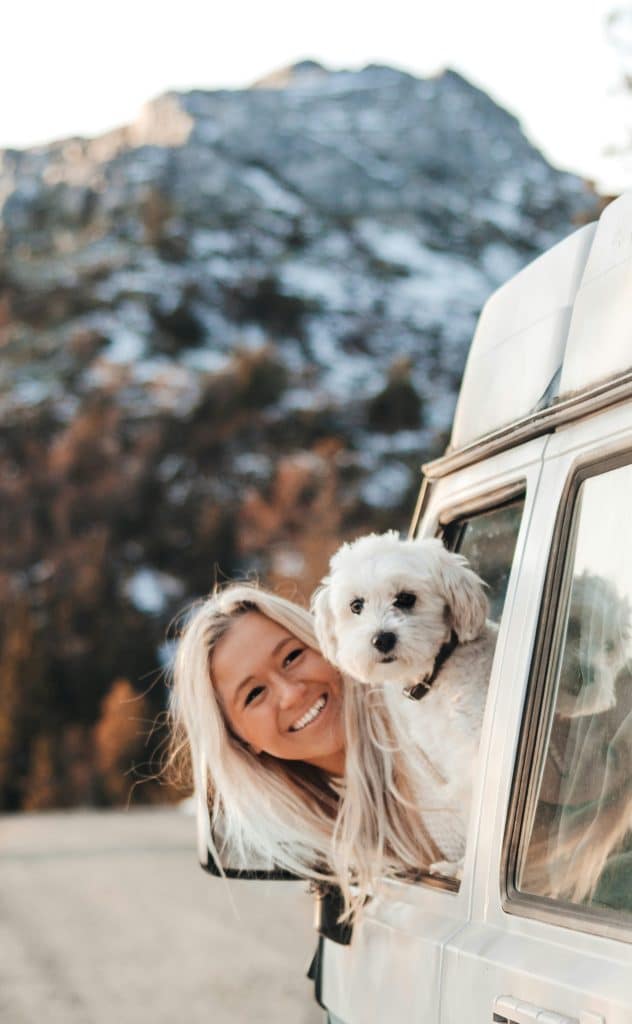
The right equipment
- In the camper: A non-slip blanket or mat as a retreat for the dog ensures comfort. Good ventilation is also important so that the camper doesn’t become a heat trap in warm weather. If you leave your dog alone with the air conditioning, please remember to check it regularly to make sure everything is OK! A power failure can happen quickly and the heat in cars generally rises very quickly, so it can be 40 degrees in the car within 10 minutes at 30 degrees outside!
- On the road: Water and food bowls, sufficient food, a lead, harness and a first-aid kit for your dog should be in every set of luggage. Poop bags should also always be to hand. In some cities, it is compulsory to carry a water bottle to wash away the dog’s urine on walls, for example.
- In the vehicle: It is mandatory to secure the dog during the journey. Options include seat belts, dog harnesses or a secure transport box.
Behavior on the road
Never leave dogs alone: Do not leave your dog unattended in the camper, especially in high temperatures, as this can be life-threatening.
Observe the rules on campsites: Dogs should always be kept on a lead on the site, except in specially designated areas. Consideration for other campers is important, especially if they don’t like dogs.
Maintain routines: Regular feeding and walking times give the dog security, even in a new environment.
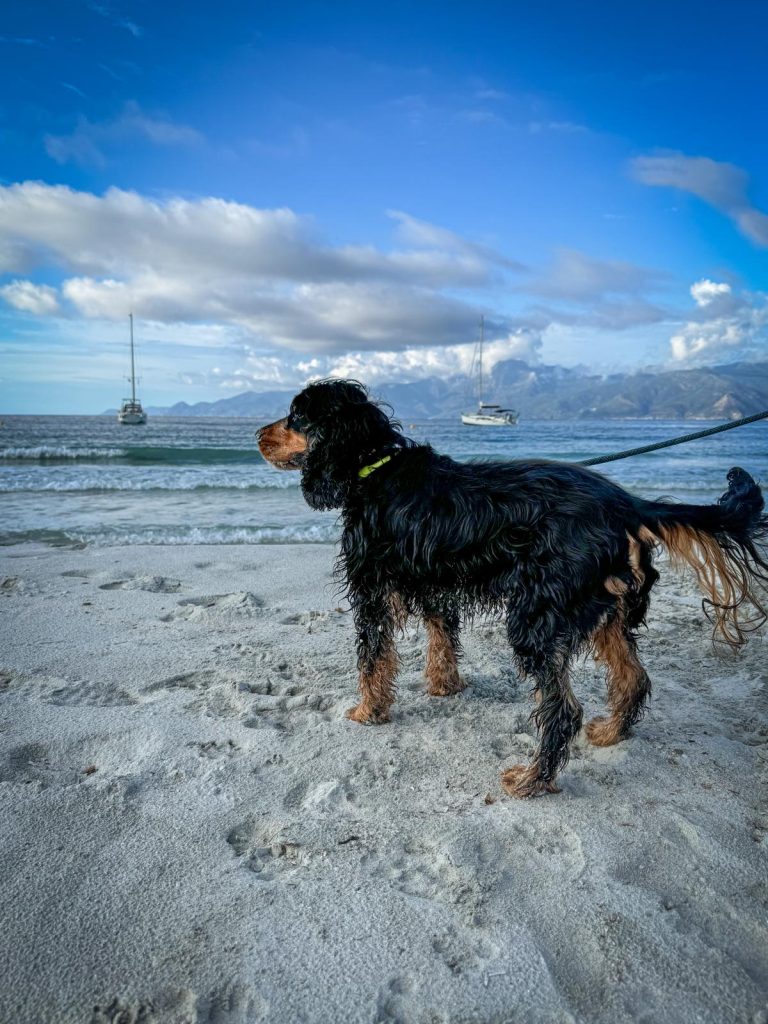
Activities for people and dogs
- Walks: Many destinations offer dog-friendly hiking trails. Make sure that your dog is physically fit enough for the planned tour.
- Dog beaches: Especially in coastal regions, there are special areas where dogs are allowed to swim and run around. In summer, please make sure that your dog doesn’t burn its paws in the hot sand. It’s best to walk a few meters barefoot yourself to test how hot it is. The same also applies to asphalt. So that the dogs (just like us) can lie in the shade, we have a beach shell with us where they like to go.
Respecting the environment and fellow human beings
Clean up your dog’s droppings: It goes without saying that you should take your dog’s droppings with you and dispose of them properly. It makes no sense to pick it up with a poop bag and then leave it on a tree trunk at the next intersection just because there is no trash can nearby.
Respect nature conservation: Adhere to local regulations, such as keeping your dog on a lead in nature reserves, and avoid disturbing wild animals. The general rule in the mountains of South Tyrol is: keep dogs on a lead.
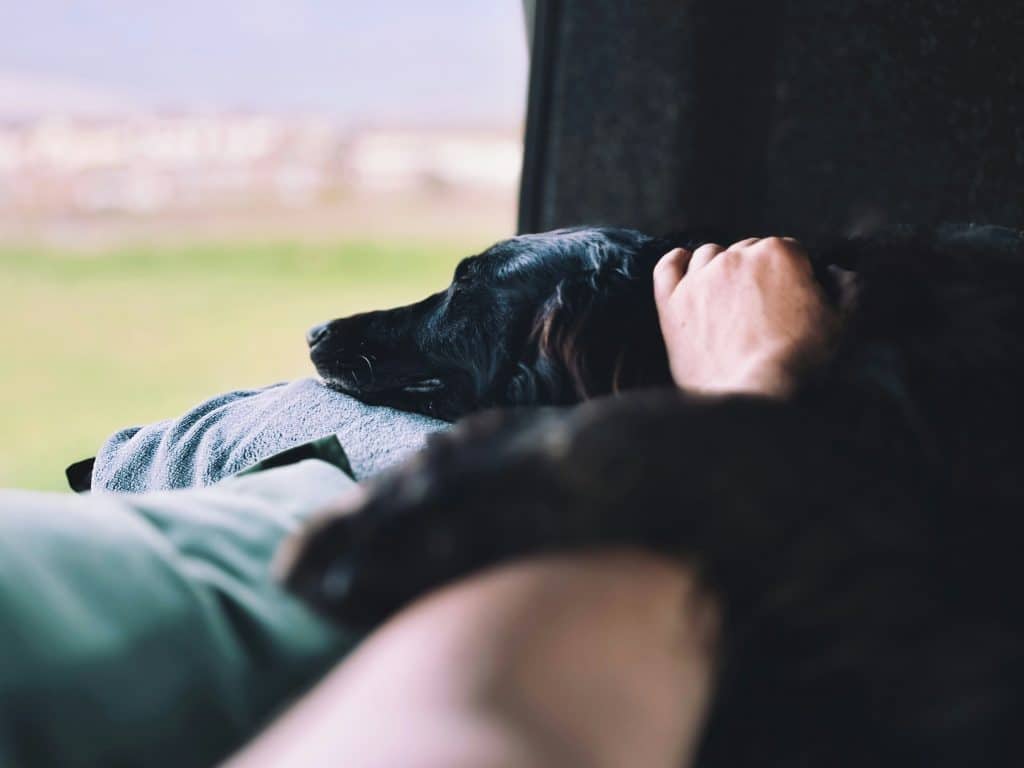
Emergencies: What to do if something happens?
- Local vet: Find out about vets in the region before you arrive. Many campsites can give you tips on this.
- Avoid accidents: Take particular care when hiking or in unfamiliar terrain – poisonous plants, steep slopes or unknown animals can be dangerous.
- Dog has run away: first of all, it is important that you put a tag on your dog’s collar with your cell phone number, which begins with your country code, for example 0049 172 xxxxxx. This way, the person can contact you if your dog is found. You should also make an announcement to the local police so that they know about it. Then, of course, you can also place your search ad on the well-known social media platforms, put up flyers, … IMPORTANT: The country code of the cell phone number given! And: Ideally, stay in the exact place where your dog ran off, even at night, even if it’s cold or raining. In most cases, dogs come back there and should then meet a known person.
A camper trip with a dog requires a little more planning, but offers unforgettable adventures together. With the right preparation and considerate behavior, your vacation will be a relaxed pleasure for both humans and animals. So you can enjoy freedom on four paws and wheels to the full!
The most dog-friendly “country” for me is Corsica. Ok, it belongs to France, but the island in particular is very dog-friendly! Dogs are allowed on almost every beach and share it with cows, who lie around comfortably and enjoy the beautiful island just as much as we do.
Do you have any questions or need recommendations for dog-friendly destinations or campsites? I will be happy to help you!
Dog-friendly campsites in South Tyrol are for example:
Camping St. Josef am Kalterersee (max. 1 dog per pitch and it is not allowed in the lake).
Camping Moosbauer in Bolzano, Camping Heritage in Merano and Camping Montiggl in Appiano.
